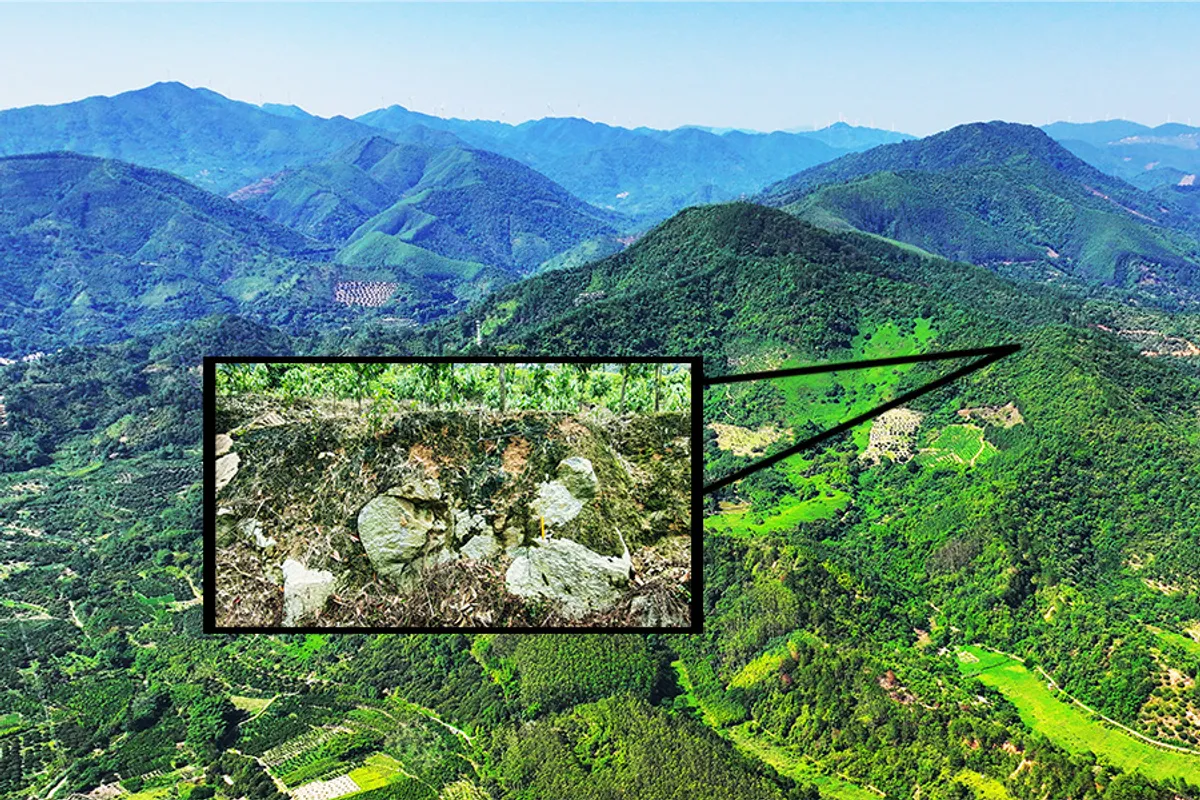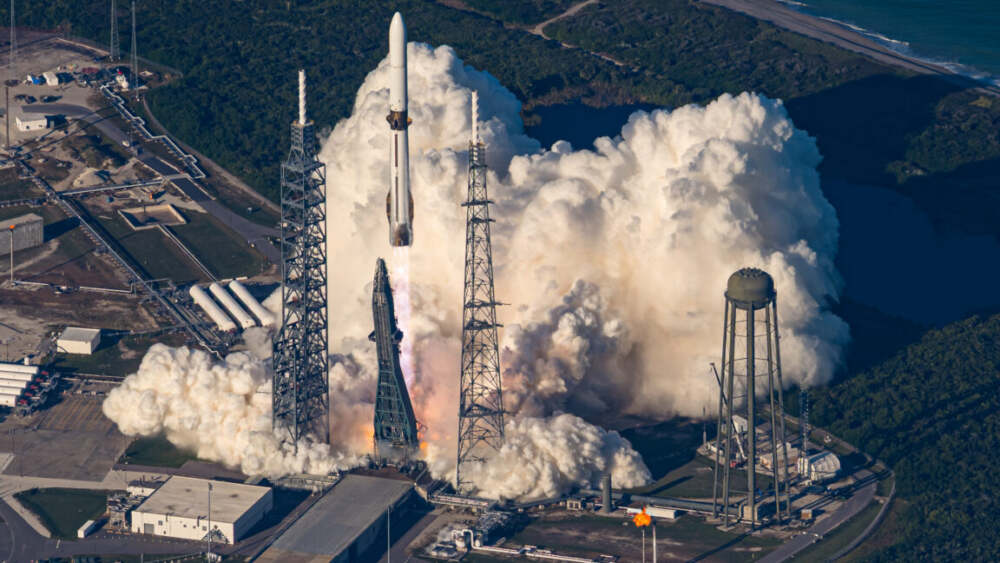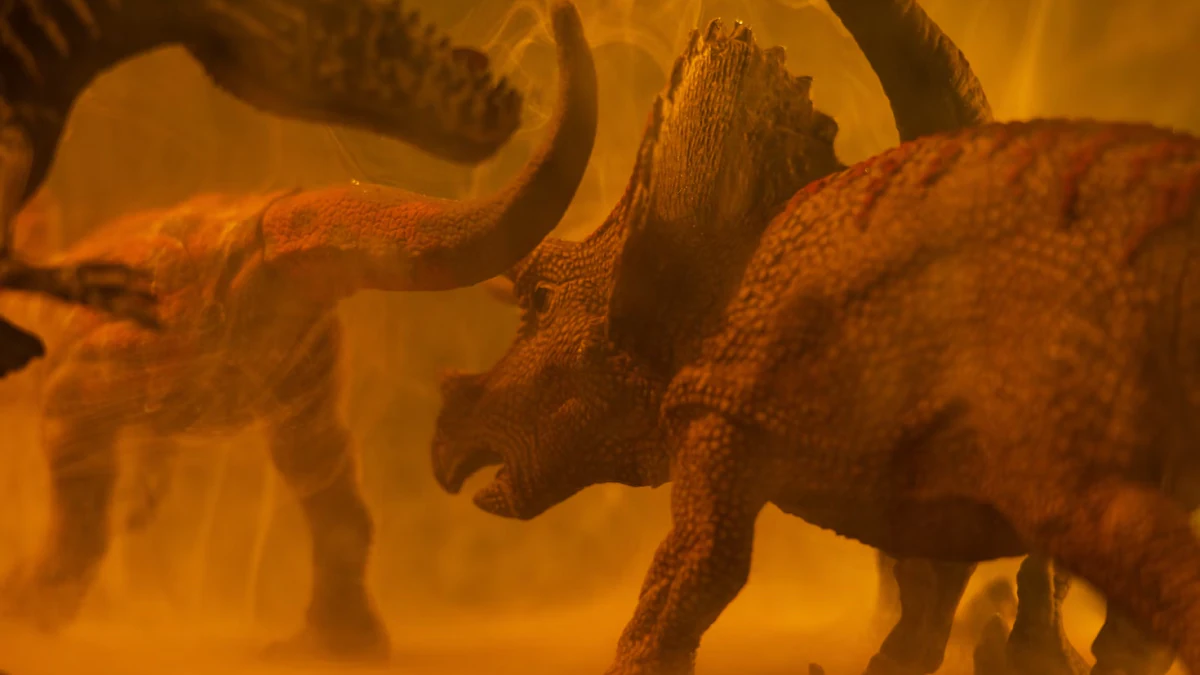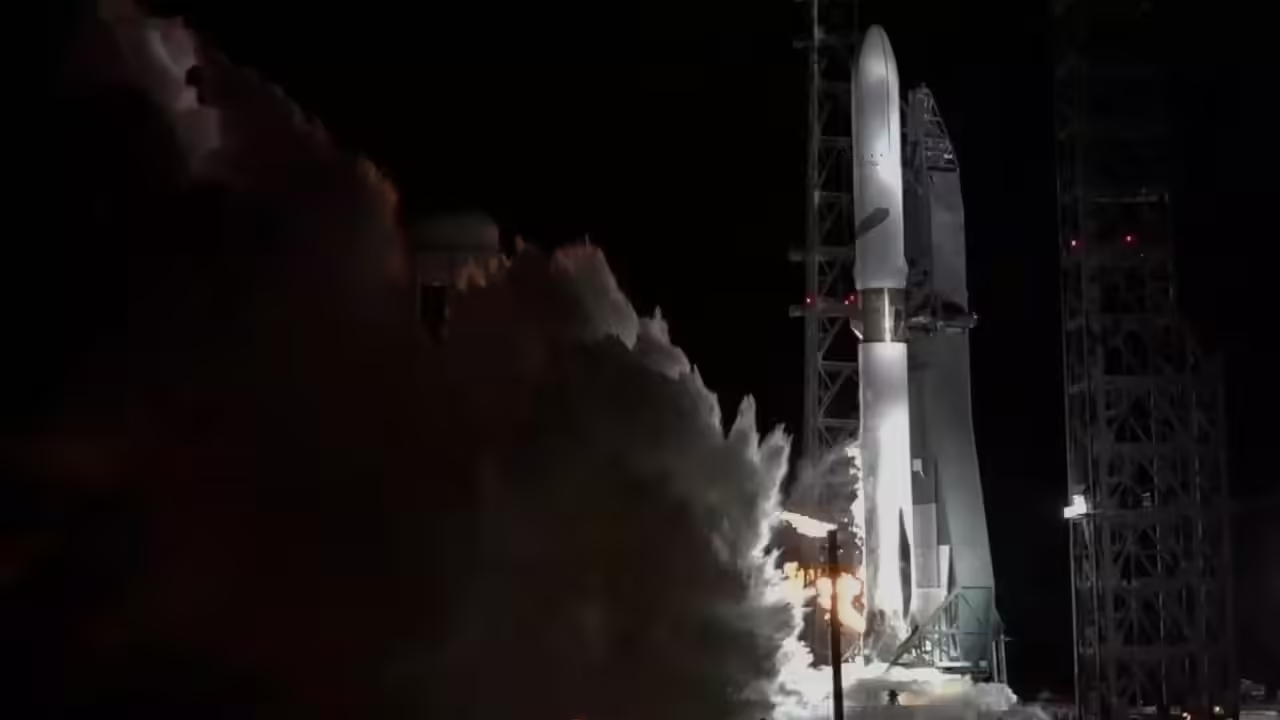Researchers have uncovered what appears to be Earth’s largest known impact crater formed during the modern geological epoch. Measuring approximately 900 meters across and up to 90 meters deep, the structure lies on a granite‑domed hill in southern China’s Guangdong province. The discovery is notable for its size, age, and exceptional preservation despite the region’s humid, monsoon‑prone climate.
Evidence of a Meteorite Strike
Geologists identified the crater as the result of an extraterrestrial impact rather than volcanic activity or erosion. Shock‑induced features in quartz grains—unique high‑pressure structures only created during hyper‑velocity impacts—were found at the site. The circular rim and deep bowl of the crater, combined with the fractured granite, point to a violent collision with a meteorite in the relatively recent past.
Holocene Age
Dating indicates that the crater formed during the Holocene epoch, meaning it is less than 11,700 years old. This makes it the largest known crater from this period, significantly larger than previously recorded Holocene impact sites. Its preservation provides scientists with a rare opportunity to study a fresh impact structure formed in recent geological history.
Importance of the Discovery
- Expanded record of recent impacts: The crater demonstrates that large meteorite collisions have occurred more recently than previously documented.
- Exceptional preservation: Despite heavy rainfall and humidity in the region, the crater’s features remain remarkably intact, offering a natural laboratory for studying impact processes.
- Impact hazard insights: The discovery provides valuable data for understanding the frequency and effects of meteorite strikes on Earth.
- Scientific study potential: Researchers can analyze ejecta, crater morphology, and post‑impact weathering to improve models of crater formation and environmental effects.
Questions and Future Research
Scientists are working to determine the meteorite’s composition and the precise timing of the impact. There is also the possibility that other large, relatively recent craters remain hidden in similar terrains, suggesting that Earth’s modern impact history may be more complex than currently understood.
Conclusion
The discovery of this massive, well-preserved crater in southern China highlights the dynamic and sometimes violent history of our planet. It offers a unique glimpse into how recent meteorite impacts have shaped Earth’s surface and provides a valuable site for studying the effects of extraterrestrial collisions on the environment.
















Leave a Reply